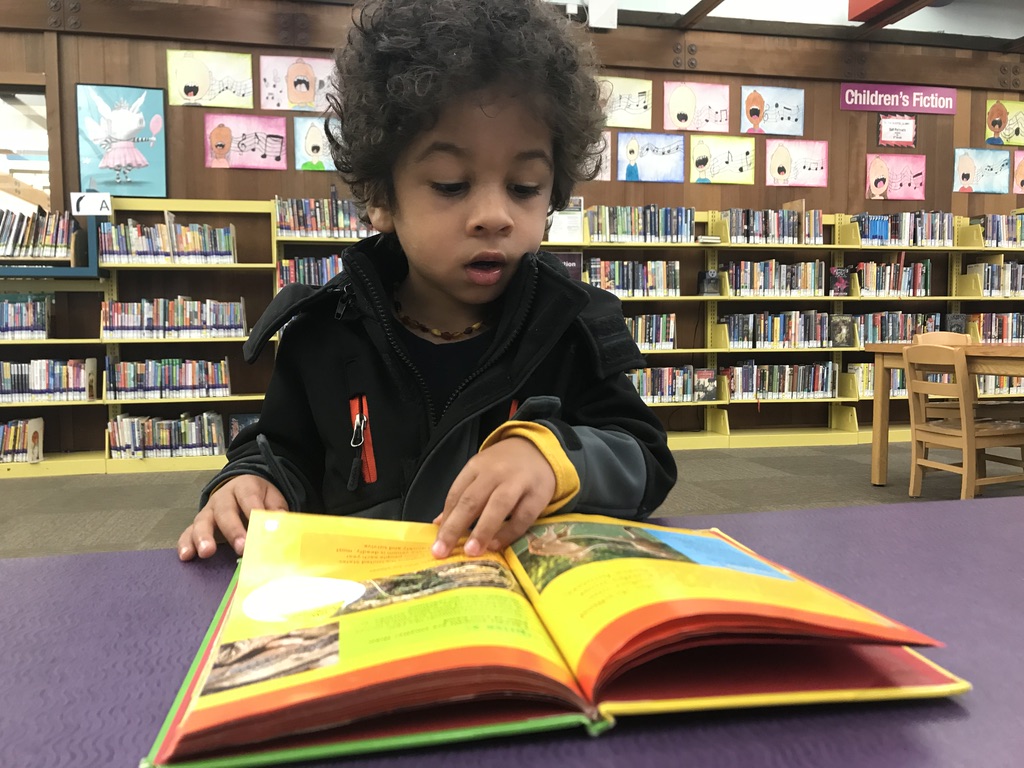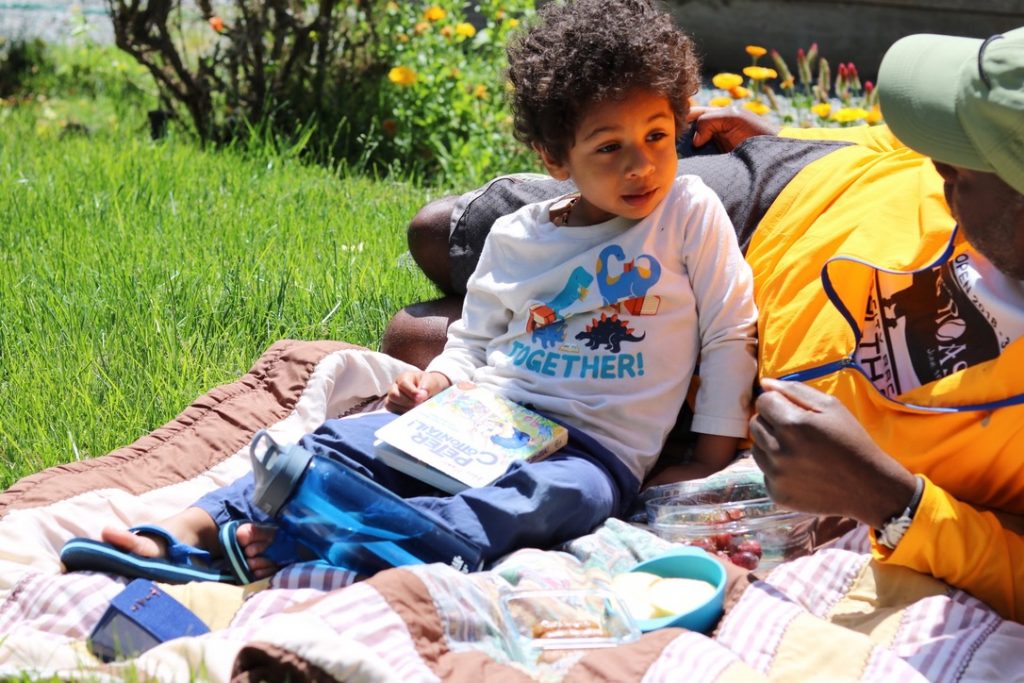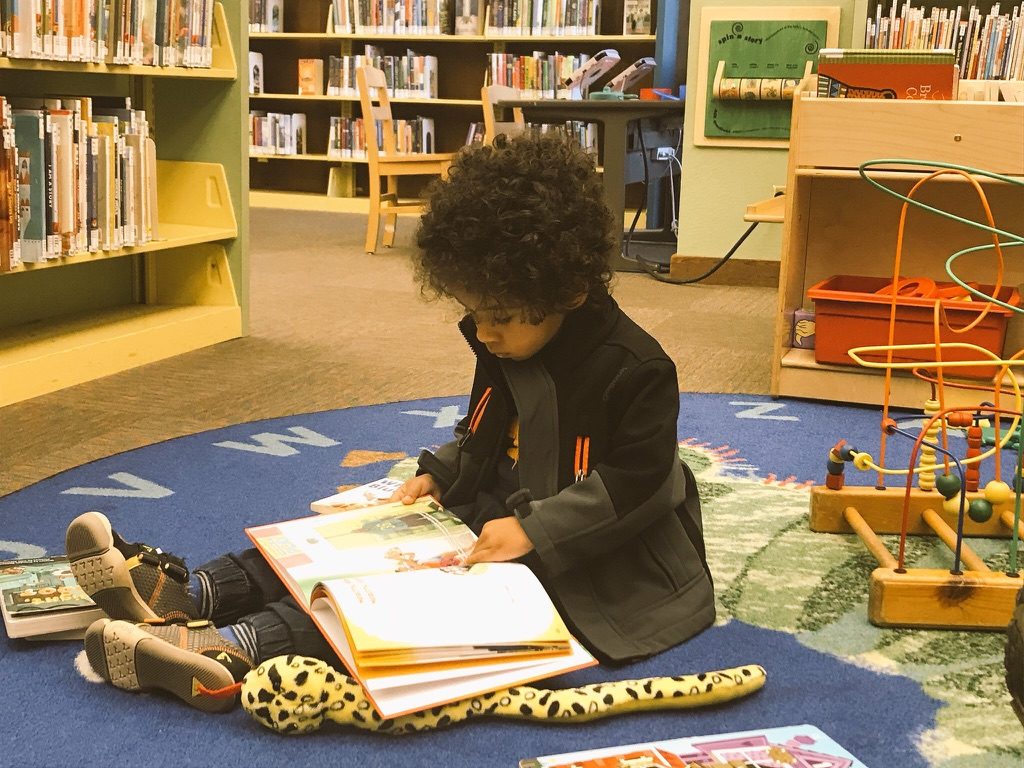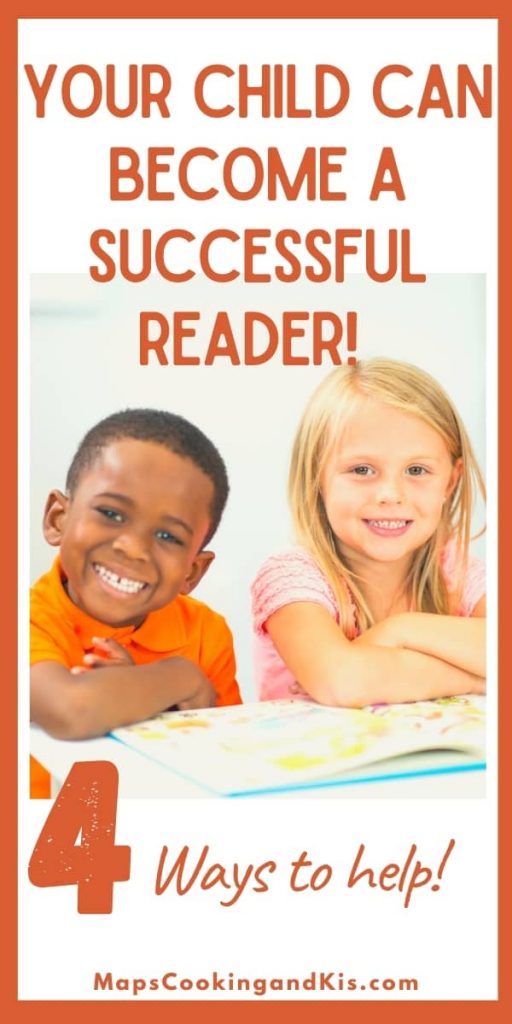
4 Ways to Help Your Child Become a Successful Reader
Many parents are doing their best at giving their children a head start. For most, it is the simple fact of helping them excel in their future. One of the best subjects to start with is reading. This is much easier said than done, but there are many things you can do to make this easier. There are parents worldwide who have and currently are attempting this as I type. Reading is something that Americans especially are losing interest in, and as parents, we need to stop this from happening.

Here are our 4 ways to help your child be a successful reader.
1. Set an Example
One of the many ways to help your child be a successful reader is to be a reader yourself. Just like everything else, they are always watching you and learn from what you are doing. They are more likely to want to sit down and read if they see you doing it. To continue, you can affect your child’s interest in reading simply by acting positively towards books. When we are excited about something consistently it rubs off on our children. Personally, I knew very little about how to encourage my first to read. With research, I found many activities and a few bloggers that are constantly giving great tips and advice on reading specifically. My favorite parent blog to follow is Janssen Bradshaw who is the creator of https://everyday-reading.com/. She offers advice on what to read, what your child may enjoy, what is new, what to do during reading, and more. Reading does not have to seem like a chore. It can be a great opportunity to sit quietly with your family. It not only helps encourage your child but gives you a bit of a relaxing breather.
2. Read with Your Child
From days in the womb, doctors suggest reading to your child, but don’t stop. At least don’t until your child is ready to read strictly by themselves. Be consistent with reading every day at the same time, such as bedtime. Your child will eventually look forward to reading with you whether it be to spend quality time with you or to avoid going to sleep. There are things you can do during these readings to help your child learn more effectively. When choosing a bedtime book try sticking to the same two to three books every week because repetition is helpful in learning letters and sight words. During the story, point at the words as you read them, helping your child to follow along. This will also help with learning letters and sight words. In general, reading to your child daily can help their overall vocabulary. You can use reading to your child to overcome fears or reading about how to react well to struggles. In my house, we have chosen books about the first day of school to overcome his fear of starting school. We also checked out books about bullying and kindness to help with playground friends and not-so-friendly struggles. Reading to your child can help in more ways than simply learning to read.
RELATED: HOMESCHOOLING ACTIVITIES
3. Interact while Reading
While you are reading, just as if you were studying from a book, getting your child to interact and really think during the story is extremely beneficial. Start by teaching your child about books. Show them where the covers are, the spine, the pages, and so on. This will help your child know what to look for when asking specific questions. Let them be responsible for holding the book and turning the pages. Try to have them follow along the words with you. Before you turn the pages have them evaluate the pictures of the book with you. Reviewing the pictures will help your child understand what they read. Once they do begin to read, allow them to finish the sentences making it seem as your helping. No matter what age they are, ask questions about the book before, during, and after to help stimulate those beautiful sponge-like brains.
4. Visit your Public Library
The public library is a quickly forgotten powerful and free resource. Now that we have everything in a device that can fit in our pockets it is easy to forget how much the library has to offer. There are many benefits of taking your child to the library such as helping create a routine, teaching them how to use a library fully, and using many of their resources and activities they provide for free. Almost all libraries participate in a storytime once a week which is usually about 30 minutes of two to three books and a few fun songs. These are great to bring your child to, especially if they are not as interested in books. Seeing children their age sitting and enjoying the stories and music can help them become more open to reading. My oldest was never interested in reading until he was roughly two and a half years old. I tried everything to get him interested. When he turned three I signed him up for his own library card. With the card, he received a little gift bag including a “My first book”. From that day on he could not get enough of books. From watching him and his reactions, I believe it was the independence and freedom that really changed the way he felt about books. One of the tips that helped my son really get into reading was allowing him to pick his own books. Once that began he had his father and I read 10 to 20 books a day. The public library is the perfect activity to get you out of the house no matter what kind of day it is and helps your child create healthy reading habits early on.

Helping your child be a successful reader is extremely beneficial for them and their future. Setting an example, reading to them, interacting during reading, and visiting the public library are only a few tips out of the many that will help your child. There are many resources that you can use to help to make new creative and fun activities every week. Try to use reading to have fun and bond with your child because as Emilie Buchwald said, “Children are made readers on the laps of their parents.”
About the Author







